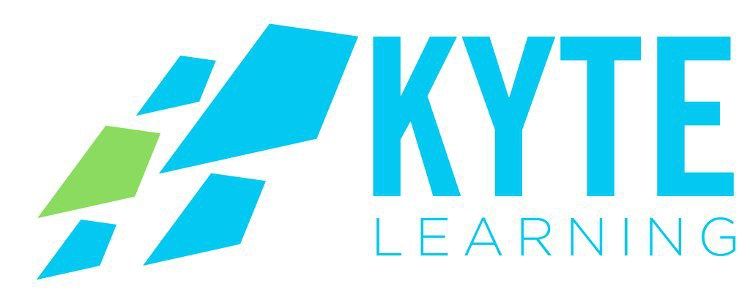We wanted to help teachers and help schools navigate the ever-changing landscape of technology.
“It’s always our challenge to walk that line of not overwhelming some and not underwhelming others,” says Brayden Wardrop, co-founder of Kyte Learning. The some and others Wardrop refers to are educators, some with an extensive understanding of technology and how it should be implemented in the classroom, others with a limited or nonexistent understanding of technology and how it should be implemented in the classroom. “Cafeteria style” instruction, as Wardrop calls it, wherein educators gather for a one-size fits all presentation, can leave technology novices feeling confused and technology experts feeling bored.
Recognizing that not every educator has the same knowledge or interest in technology, Wardrop and his cofounder Asher Sume created Kyte Learning. After running iSchool and servicing schools for hardware, Wardrop and Sume starting receiving requests for training. “Schools were going to invest in technology with or without us,” Wardrop says. He figured it was best to teach them how to use the technology they were investing in. He knew, however, that the cafeteria style instruction would not address the needs of every educator, and that a learn-at-your-own-pace model would better serve teachers at all levels of technological expertise. And that’s just what Kyte Learning does. “This product provides teachers with the opportunity to develop professionally and become familiar with different products. It allows teachers to control their development at their own pace,” writes a teacher on Kyte Learning’s EdSurge review page.
As Wardrop explains it, there are two sides to edtech training. The first side focuses on tech tools, an area where Wardrop and Sumer, who are both passionate about technology, excel. The second side, however, focuses on the pedagogical aspect of edtech, knowing how to use technology in the classroom, an area where Wardrop and Sumer are not so well versed. So they turn to people who are. Kyte Learning pays teachers across the country to create content. After teachers are vetted, Kyte Learning sends them a creator kit which allows them to create training courses that instruct other teachers on how to use technology in their classrooms. “I love that it draws on the knowledge of teachers out there using the technology,” writes an elementary school teacher named Tracy. “It crowdsources teacher knowledge which is very cool and also rewards and compensates teachers for their hard work,” writes Dylan, a gifted education program specialist.
These videos created by teachers are broken down into modules of three to five minute videos, allowing educators to select which topics they would like to learn. “As a teacher, I personally like that I can watch videos on my own time. I also like that they are posted by teachers who are currently using programs in their classrooms,” writes an elementary school teacher Lindsay.
Kyte Learning currently works with more than 100 schools and districts in the U.S. and Canada and plans to bring an additional 1,000 more campuses by Q3. “We want to get this into the hands of as many educators as we can,” Wardrop says.
If the company’s growth after launching just nine months ago is not indicative enough of the invaluable service it provides, the efficiency with which it accomplishes its goal surely is. “We wanted to help teachers and help schools navigate the ever-changing landscape of technology,” Wardrop says. An educator named Jonathan explains just how well Kyte Learning is assisting that navigation: “So many teachers today are wanting to use technology in the classroom but do not have the knowledge or tools to be able to implement technology in the classroom. This product gives the teacher the professional development to be able to learn and apply what they’ve learned into the classroom every day.”
Published 3/4/2016




